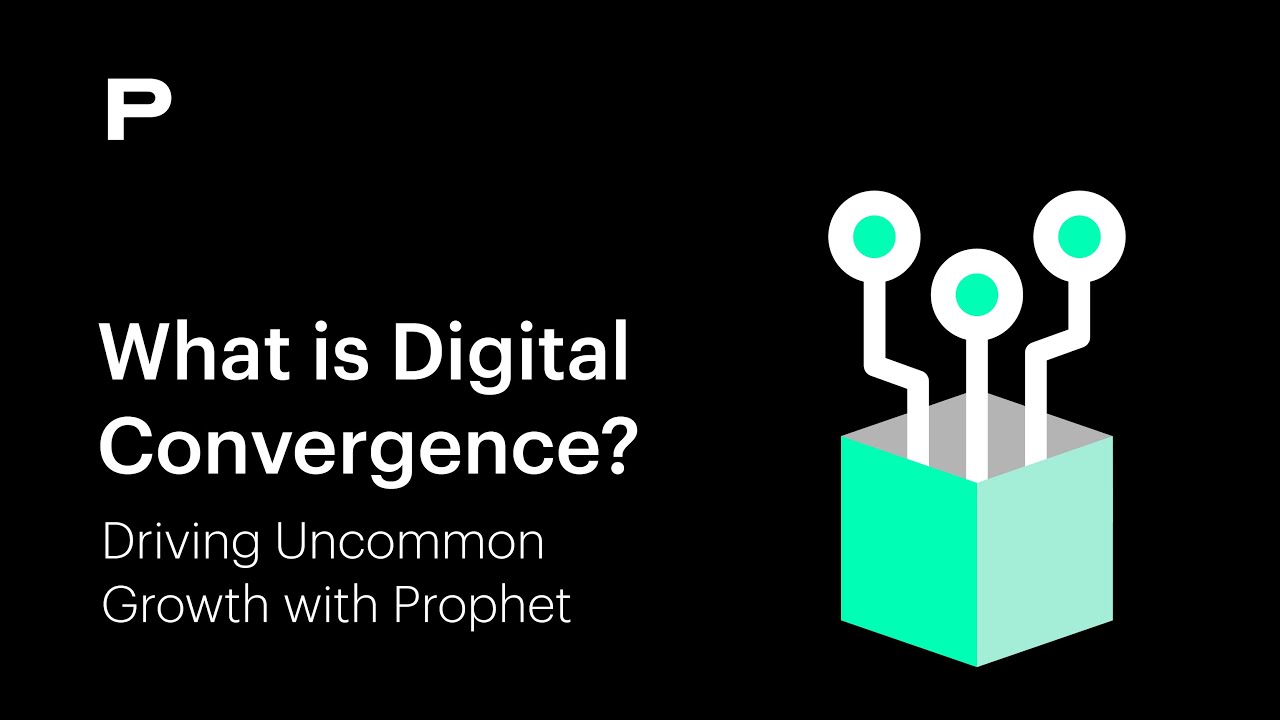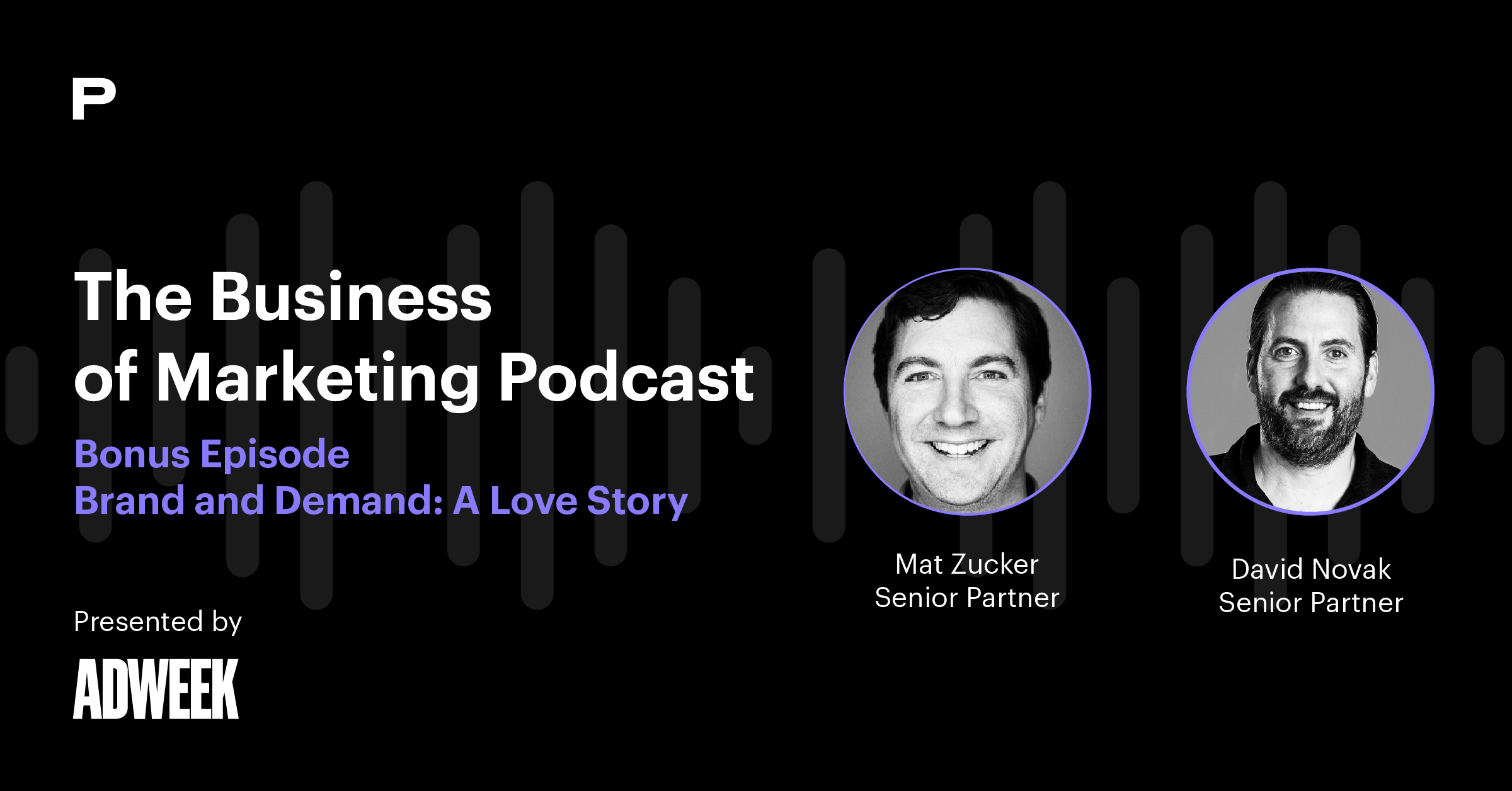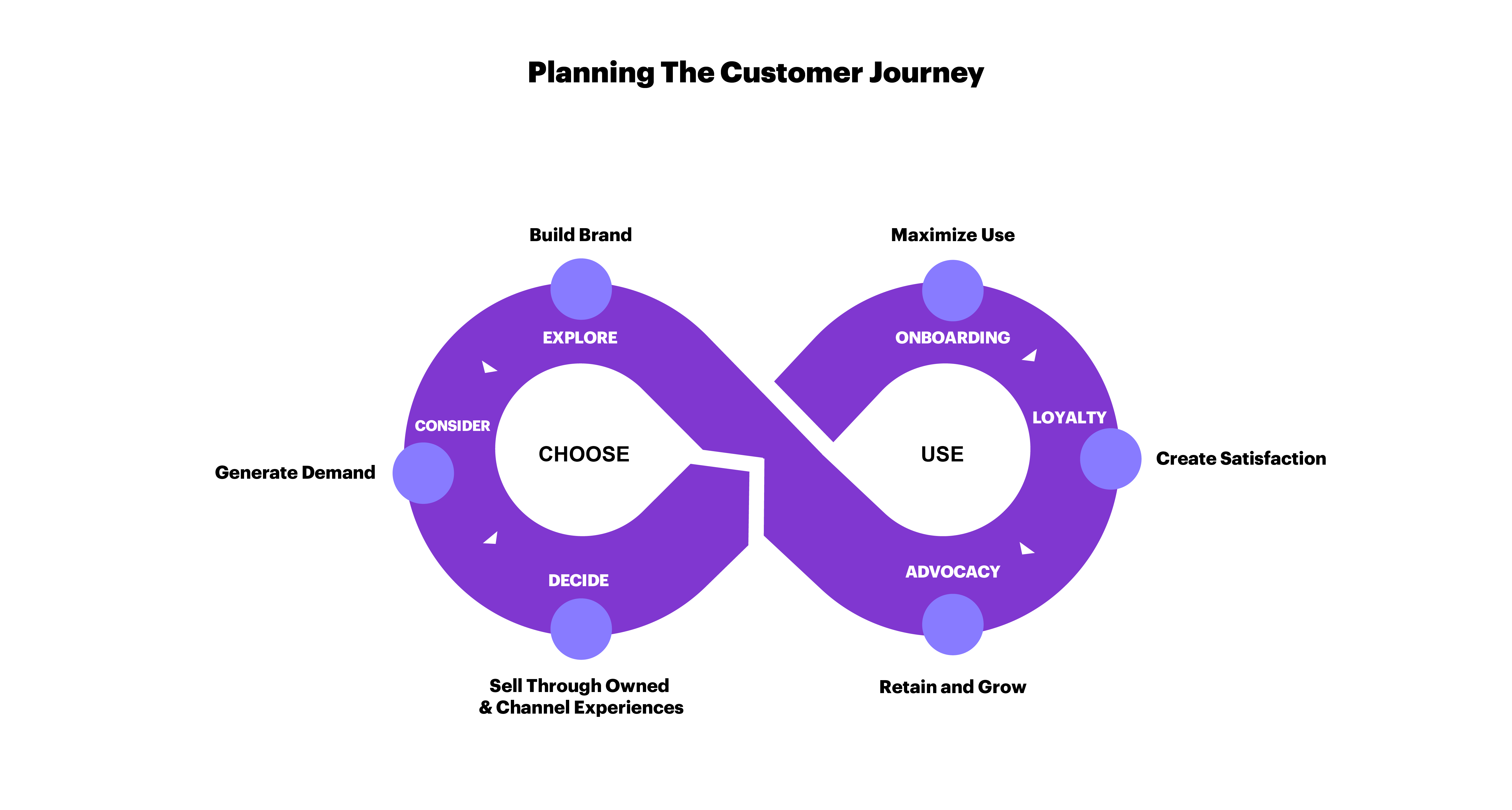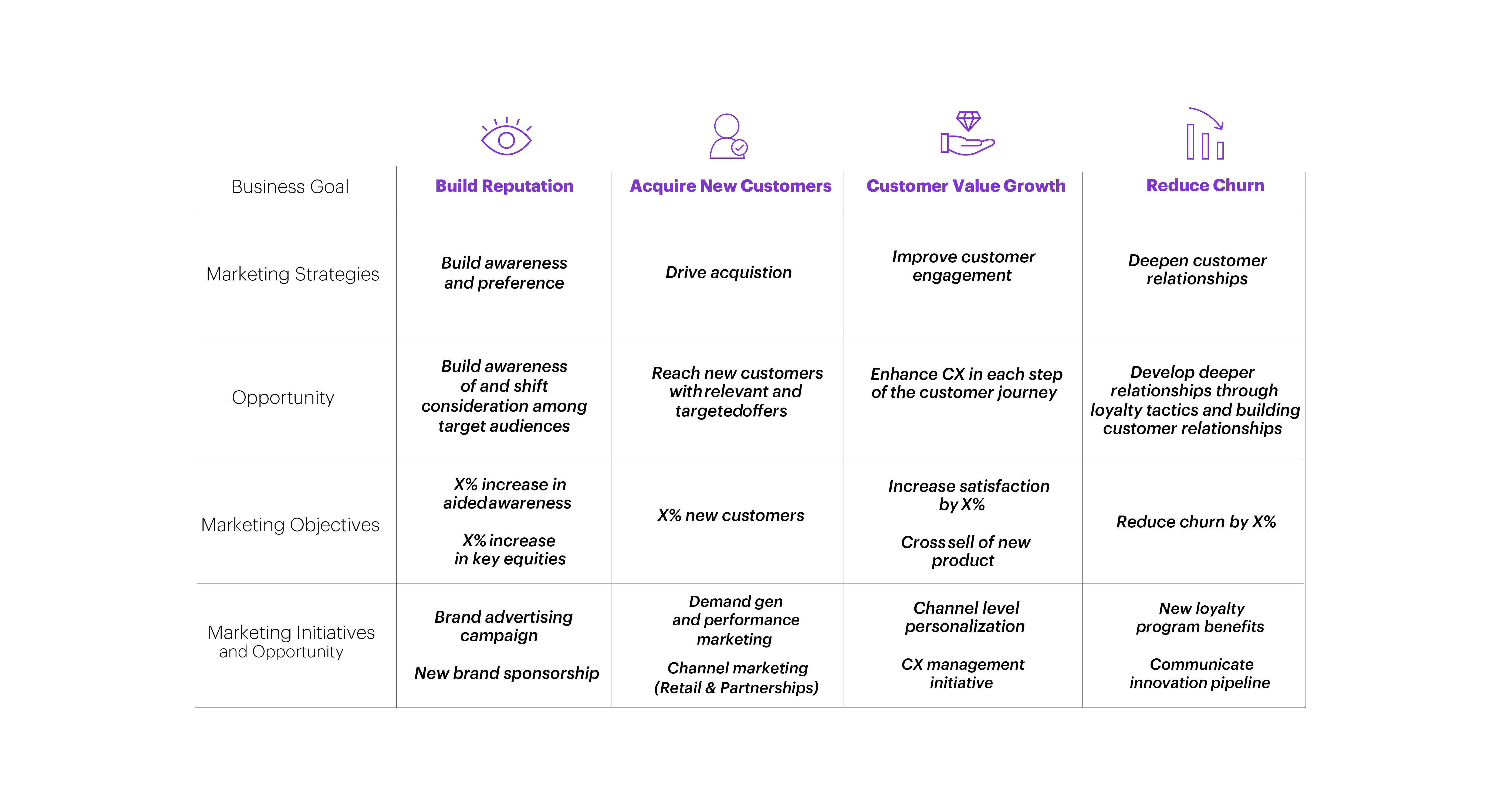BLOG
Marrying Brand and Demand Marketing to Drive Sustainable Growth in China
To break through the crowded and cutthroat landscape of consumer brands in China, marketers must not only drive brand growth but also build lasting brand love.
According to an alarming statistic from market research firm Kantar, 74% of consumer goods startups in China were eliminated after their first three years of operation. Brands are struggling with how to sustain growth in the face of increasingly sophisticated yet “disloyal” consumers while growing competition is being exacerbated by an expansion of channels and consumer data. Meanwhile, a higher level of accountability is expected of marketers. Therefore, marketers today are under intense pressure to make every dollar count, prove returns and drive impact.
In Prophet’s latest report, “Brand and Demand Marketing: A Love Story,” we examined how marketers can use both brand and demand marketing to achieve their short and long-term objectives and maximize marketing ROI. Below, we share our learnings from across the globe as well as important nuances for Chinese marketers, unveiling the key to building sustainable brands through balancing brand and demand marketing efforts.
Brand and Demand Opportunities Throughout the Customer Journey
Brand marketing typically describes efforts to drive awareness of and preference for a company, product or service, while demand marketing seeks to compel audiences to act immediately (e.g., purchase, click on an offer, sign up for a newsletter). Many marketing organizations experience significant tension between brand building and demand generation – a tension we believe undercuts growth and harms performance.

Prophet introduces the brand and demand maturity model. It lays out an actionable roadmap for how different stages of a customer journey may lean more on brand or demand. But the opportunity is to always show collective value for each moment.
Hungry for Growth but Missing Out on CLV
When asked about their prioritized business objectives, Chinese marketers demonstrate remarkably expansionary mindsets, especially when compared with other regions. They pursue new segments, new business, increased shares and are full of ambitions to expand their reach. However, they tend to focus less on levers that drive CLV (Customer Lifetime Value), such as increasing sizes of orders and repurchase rates.
Top Priorities in the Past 12 Months

Q: Which of the following business objectives, if any, were the top three priorities for your company in the past 12 months? (Rank 1 results)
This mentality is likely driven by the fact that marketing teams in Chinese companies tend to shoulder more growth-driven accountability than the average global marketers, with twice the amount of involvement in near-term P&L management, revenue growth and operations.
This propensity is also evident in the top KPIs Chinese marketers focus on when measuring the success of their marketing campaigns. They are significantly more likely than their global peers to track return on advertising spend (ROAS) and revenue generated, while less likely to consider brand awareness, brand preference and CLV among their top three metrics.
Top Performance Metrics for Marketing Campaigns

Q: Which of the following are the top five metrics your company tracks performance of marketing campaigns against? (Rank 1, 2 and 3 results)
In keeping with the whole customer decision journey, we believe that they place a narrow focus on the left side of the model – persuading customers to choose and buy – while ignoring the enormous potential of the entire CLV contained on the right side of the model – the ownership journey.

For many of China’s fastest-growing new consumer brands, for example, repurchases, referrals and brand communities are largely being driven by transactional benefits (e.g., free gifts, cash back or steep discounts), instead of brand understanding and advocacy. This is fundamentally still a demand-led approach that is unsustainable in the long term.
As a next step, in addition to the buying experience and short-term conversion, Chinese marketers should extend CX excellence to the ownership journey to maximize CLV. Meanwhile, a more holistic set of metrics should be used to assess impact and success across all activities and tactics.
Taking Brand Marketing to the Next Level
Chinese marketers are particularly skilled at demand generation and have created a variety of effective tactics (private traffic activation, KOL/KOC matrix, etc.) to attract customers. Most new consumer brands succeed by leveraging short-term demand generation tools (e.g., low prices, viral products).
On the other hand, the explore and advocacy stages, where brand marketing initiatives should take the lead, tend to be undervalued. Brands rarely give consumers the opportunity to actively engage and resonate with the brand’s point of view, story and value proposition. Thus, the customer retention rate fueled by recognition and loyalty is unable to increase due to a lack of brand pull.

Despite the difficult nature of balancing brand and demand efforts, we’ve highlighted a few examples below of consumer brands in China that are standing out in a highly competitive market by excelling in explore and advocacy.
PMPM: Attracting New Customers Through an Inspirational Brand Story

While the beauty industry has long relied on hero products, startup skincare brand PMPM is built on a distinct emotional foundation that speaks to consumer truths. Through a clearly defined value proposition, “spirit of exploration,” PMPM focuses on creating high-quality products with natural ingredients sourced from around the world. The brand’s latest promotional video spotlights its founding team of accredited skincare researchers and beauty experts, telling an inspirational story of the brand’s determination to create a Chinese-born, world-class skincare brand in the next decade.
Manner: Engaging a Loyal Customer Base Through Shared Values

(Image source: social media)
Manner initially won over customers by offering inexpensive but quality coffee to increasingly caffeine-addicted Chinese urbanites and office workers. As the first Chinese coffee brand to introduce the idea of “BYO reusable cup for a 5 RMB discount,” Manner solidified its economic and eco-conscious positioning. Through quality products and a seamless CX that includes mobile order-ahead, repurchase rates increased steadily, and a strong base of loyal customers followed.
Manner’s additional sustainability and customer engagement efforts, such as giving away branded reusable canvas bags for its 6-year anniversary, have turned customers into eager brand advocates. Compared with other brands in the category that are still trapped in creating complicated pricing schemes to acquire new customers, Manner has moved away from reaping price advantages by connecting with consumers’ values and lifestyles, thus creating a higher and more sustainable CLV.
Key Takeaways for Marketers in China
With customer journeys becoming increasingly complex, non-linear and hyper-personalized, the real challenge today is not acquiring new customers, but keeping them.
To wrap up, these are our takeaways for building an evergreen Chinese brand by balancing brand and demand:
- Think beyond short-term growth to adopt a broadened and balanced lens for execution and measurement.
- CX is not limited to the buying journey. Carefully consider how to optimize the ownership journey as well to fully activate CLV.
- Dynamically balance demand and brand across the entire customer decision journey while further increasing branding efforts – particularly in brand exploration and advocacy – to cultivate lasting brand love.

FINAL THOUGHTS
To break through the crowded and cutthroat landscape of consumer brands in China, marketers must not only drive brand growth but also build lasting brand love. Brand and demand marketing have distinct roles throughout the customer journey, but combined, their effect is amplified.
For more insights on how to unleash their power, check out Prophet’s latest report, Brand and Demand Marketing: A Love Story.




















